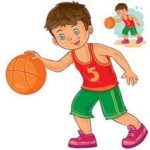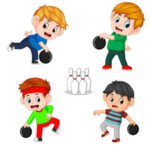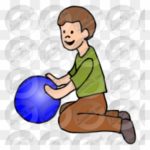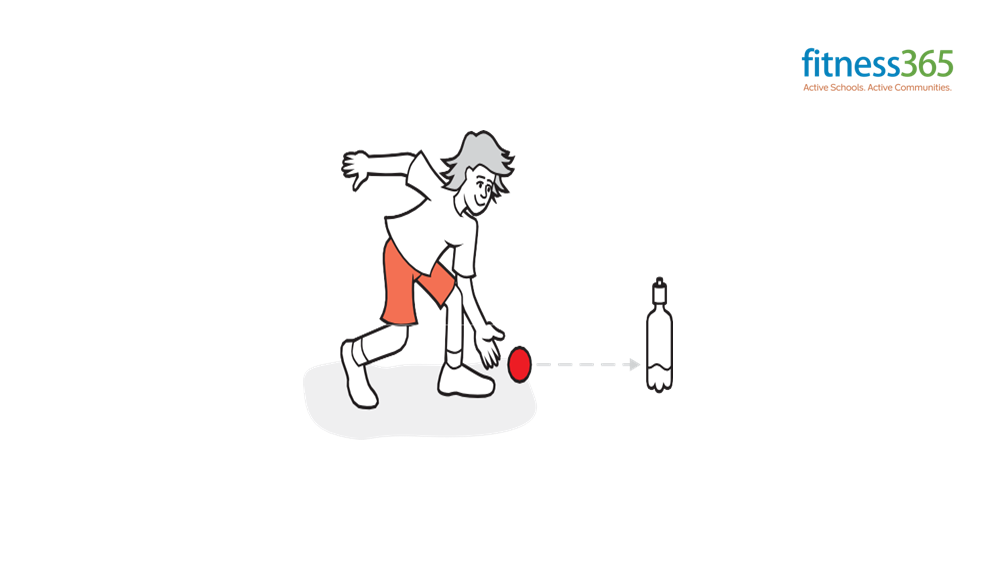
by Neetu | Jun 4, 2020 | Fitness Activity
Movement skills/concepts
Rolling a ball along the ground, at a target, in different pathways and directions, and relationships (with others).
Set-up
- Small and large balls, cones, hoops, skittles, ropes and chairs.
- Children work in pairs, threes and fives, with one ball per pair or group, in a smooth, hard area.
Activity
- roll the ball to your partner through a target or obstacle, (e.g. between two cones, through a hoop, at a skittle, at another ball, along a line, under a chain, between ropes)
- take turns at rolling the ball to a wall target
- roll the ball to your partner, varying the distance between 3 and 10 metres
- roll it to your partner, then change places
- roll it as many times as you can in 30 seconds
In threes Can you …?
- roll the ball for the middle child to jump over
- play ‘piggy in the middle’, in which the middle player attempts to intercept the rolled ball
In fives
- roll the ball around/across a circle towards your partner or other players
- roll it to hit a skittle in the centre of a circle
- have one player in the centre who rolls the ball to others in turn
- holding a small ball in the fingers, held beneath a large ball with fingers spread
- stepping with an opposite foot into a roll
- long arm action, following through

by Neetu | Jun 4, 2020 | Fitness Activity
Movement skills/concepts
Exploring passing, throwing, catching and rolling, time and energy, and body awareness.
Set-up
- A wide variety of balls to throw and pass (small balls, large round balls, oval balls, foam balls, sea urchin balls).
- The children and balls are spread out in a defined hard or grass area.
Activity
Children select one or more balls. They begin to practice the following tasks with the ball, before changing to a different type of ball for the later tasks.
- in the air with one hand, two hands, the other hand, from hand to hand
- forwards, backward, to the side, at an angle
- as far/near as you can, moving your throwing arm(s) as fast as you can, twisting your body as fast as you can
- up high, down low, bouncing off the ground, at a target
- sitting down, kneeling, lying down
- along the ground, on a line, along the ground to a target/line, to stop between two lines or in the hoop
- overarm/underarm with one hand
- with two hands at chest level, making the ball bounce to the ground and catching it
- along the ground to a partner, bouncing high/low to a partner
- to a partner who is a long way away, to a partner who is very close
- using/without using your legs/trunk
- smoothly, using as little movement as possible
- using as much movement as possible or as jerkily as you can
- using a bounce-catch action, on the spot, while moving, turning around
- children enjoying themselves
- trying out different types of balls
- keeping eyes on the ball
Variations
Vary equipment: Complete the tasks with other objects like beanbags, frisbees, quoits, plastic containers, juggling balls, and scarves.
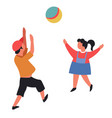
by Neetu | Jun 4, 2020 | Fitness Activity
Movement skills/concepts
Catching a variety of objects, catching while moving in different pathways and at different levels and speeds
.
Set-up
A variety of balls (small, large, soft, hard, spiky) and objects (beanbags, quoits). Children, with a ball/object each, are spread out in a defined hard flat area.
Activity
- describe how the ball/object feels – think of the texture/hardness
- roll the ball/object over your body – up and down, round and round, down a leg or arm
- roll it along the ground slowly, run round in front of it and pick it up
- holding the ball/object in a two-hand ‘nest’, drop it and catch it while standing/ kneeling/walking along
- drop the ball/object from one hand and catch it in the two-hand ‘nest’
- throw the ball/object up, a little higher each time, and catch it – how high can you go?
- throw the ball/object up with one hand and catch it in the two-hand ‘nest’
- bounce or throw the ball/object and clap your hands then catch it
- see which ways you can catch as you move around (e.g. one hand and then the other)
- relaxed fingers forming a ‘nest’ about the size of the ball/object
- eyes on the ball/object
- reaching for the ball/object
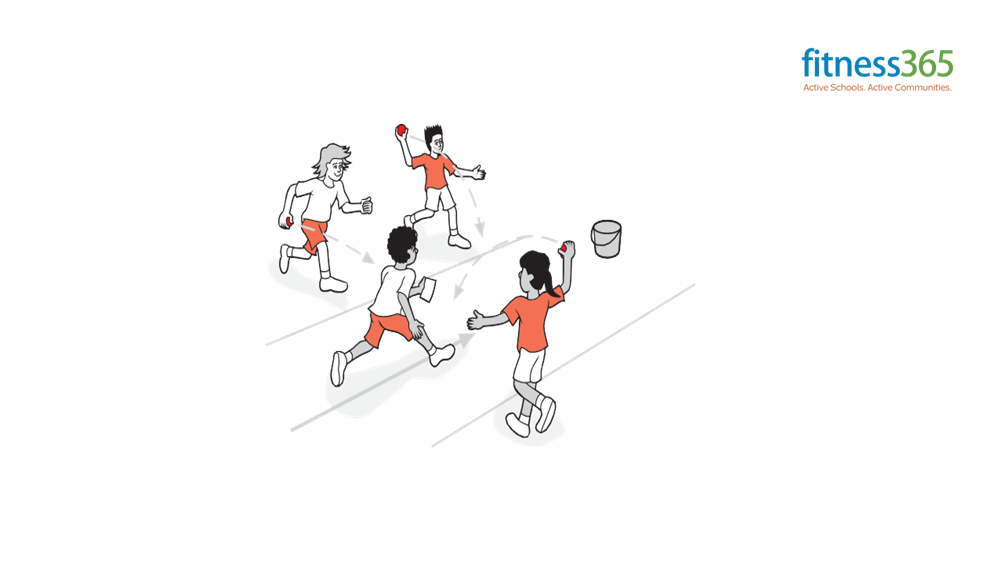
by Neetu | May 29, 2020 | Fitness Activity
Movement skills/concepts
Running, leaping, jumping, throwing, and evading a throw.
Set-up
- Small, soft foam balls (computer viruses), an envelope containing ‘email’ message, and bucket (computer screen) at the far end of a defined grass or hard surface area.
- Two teams of four or more: the email team with the envelope, and the computer virus team, with a ball each.
- The computer virus team begins the game lined up on either side of the area.
Activity
The object of the game is for the email team to get the email message (in the envelope) to the computer screen (bucket). One member of the email team starts to run through the area to deliver the message, while the computer virus team aims to hit the runner below the waist with the balls. If the runner is hit, they must stand frozen on the spot. The next runner then tries to get the email through.
- quick moves
- dodging and faking
Variations
Change scenario: Use a Pirates of the Caribbean scenario – pirates try to steal the treasure while the guardians of the treasure try to stop them; or Shrek – Shrek must save Princess Fiona from the fiery dragons.
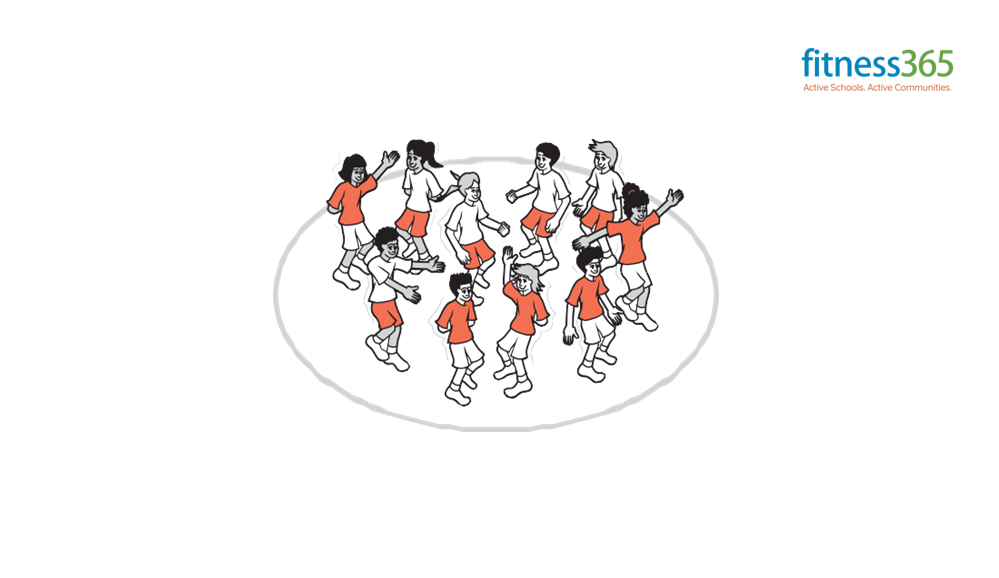
by Neetu | May 29, 2020 | Fitness Activity
Movement skills/concepts
Skipping for speed and change of direction, skipping to a rhythm, and space awareness (body parts).
Set-up
- Rhythm instrument.
- Children are spread out within a marked circle in a hard or grass area.
Activity
Children skip within the boundaries of the circle and pretend everyone else in the circle is poison. If touched by another person, a child becomes poison and must skip with one hand behind their back. If touched a second time, the child puts the other hand behind their back. Begin by skipping slowly, then get progressively faster.
- coordinated skipping
- arms swinging freely
- rhythm
Variations
Modify area: Increase/decrease the circle size to make it easier or more difficult.
Add music: Skip to music.






